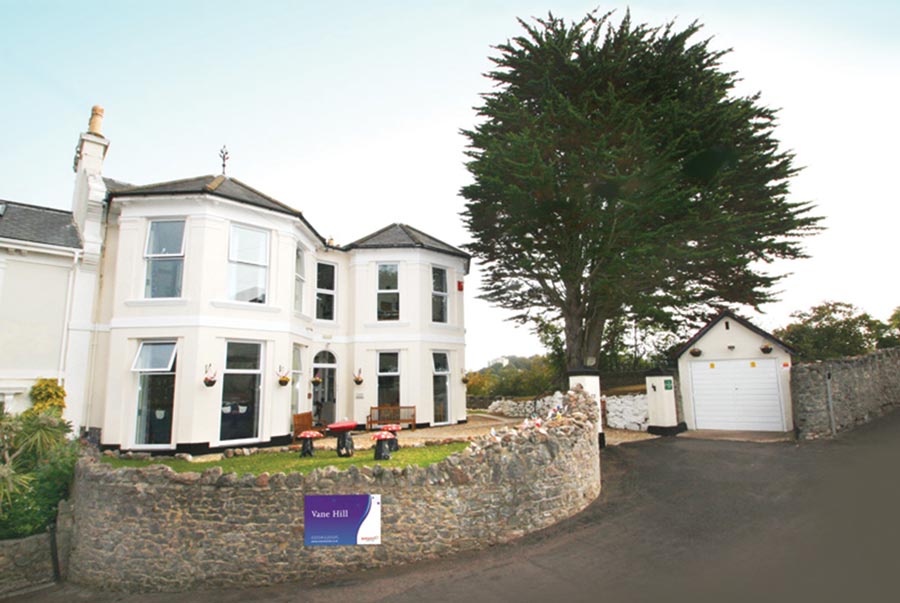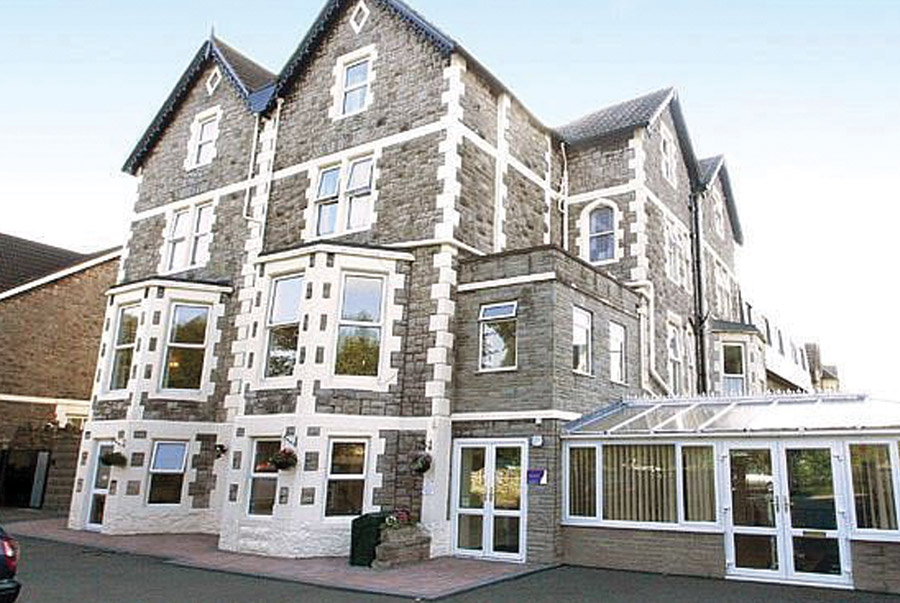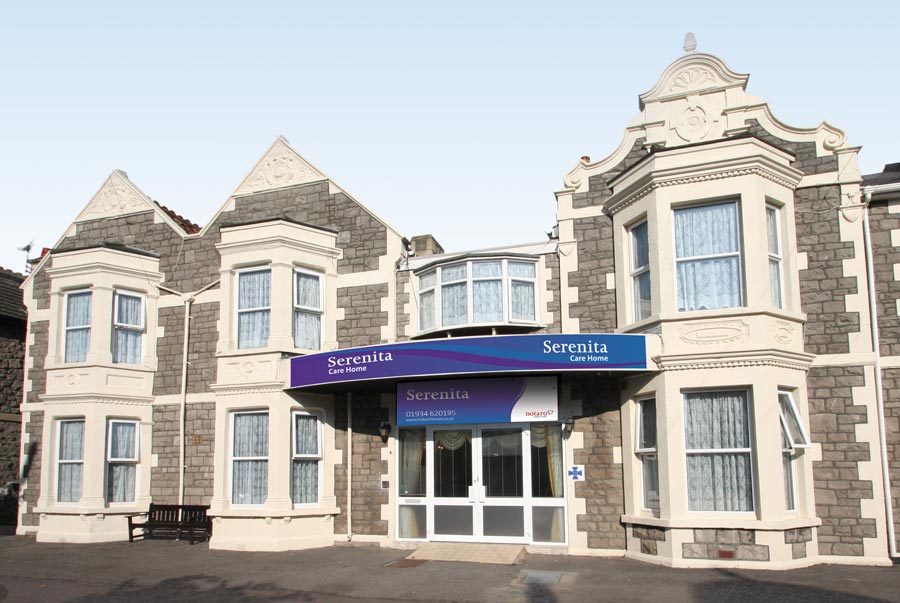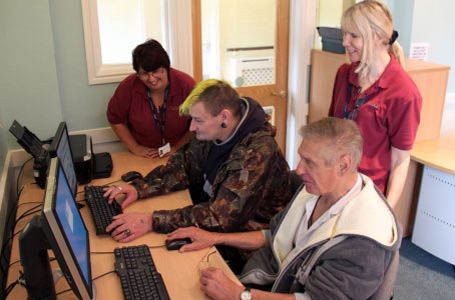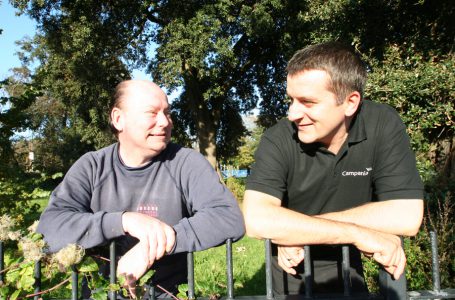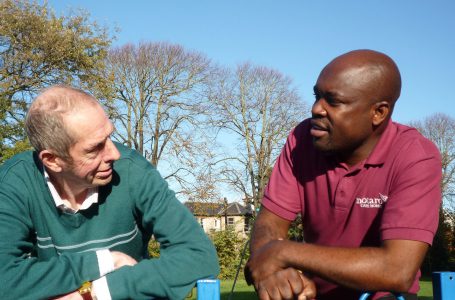As a New Year begins, so too does Dry January. We thought we’d put our own spin on the awareness month and instead discuss the symptoms and recognition of alcohol-related brain damage, so you can spot the dangers early on.
As we’ve outlined previously, ARBD is caused by excessive drinking over years, roughly equating to 50+ units for a man and 35+ for a woman. This drinking can affect the cells of the brain and bring out many presentations of symptoms. Typically, these are confusion, slurring and memory problems.

It’s thought that 30% of alcohol-dependent individuals develop some form of ARBD, but diagnosis has been described as ‘comparatively low’ as it is difficult to identify and is often mistaken for Alzheimer’s. There are five types of ARBD which show themselves in different ways and one in ten people with dementia have some form of ARBD.
Most diagnoses of ARBD are in people aged 50-60, but more and more people in their 30s and 40s are being seen with symptoms. This is especially true in people who start consuming alcohol at a young age and continue into adulthood, putting them at a higher risk.
The key difference between ARBD and a condition like Alzheimer’s and dementia is that, with the right treatment, symptoms can improve greatly. ARBD is not progressive and does not inevitably worsen over time, meaning recovery is possible, with much of the damage to the brain being reversed.
